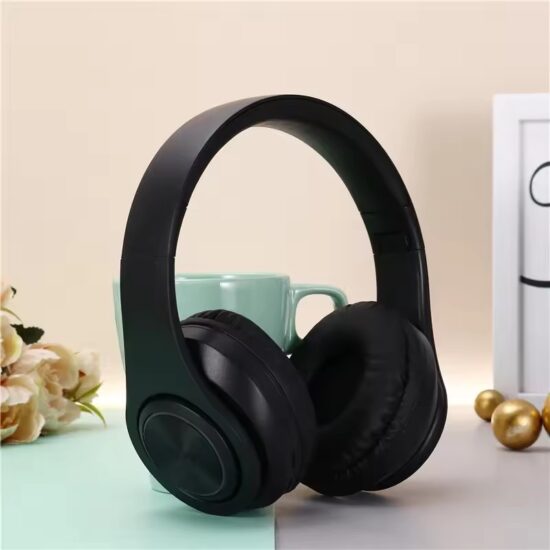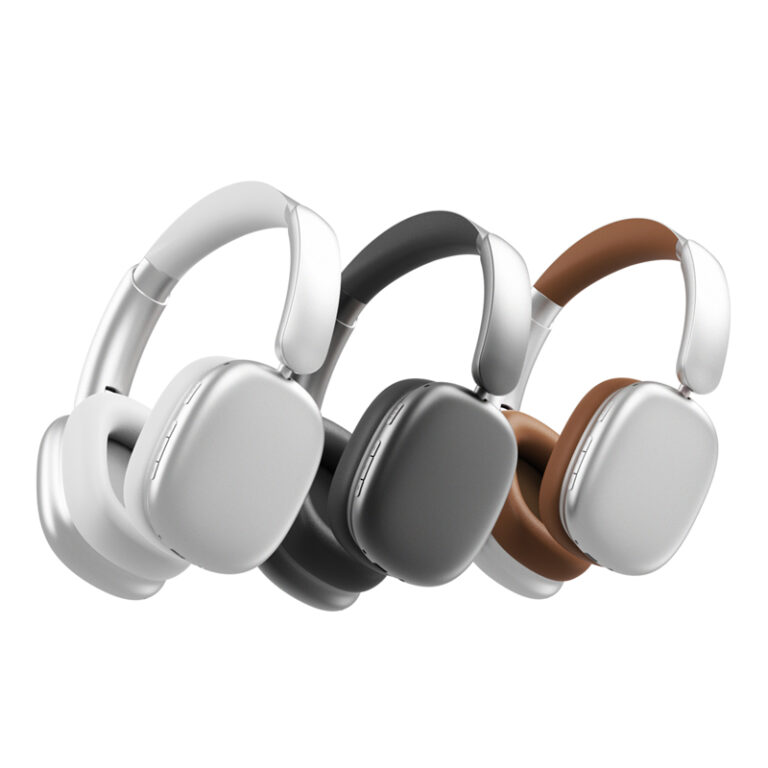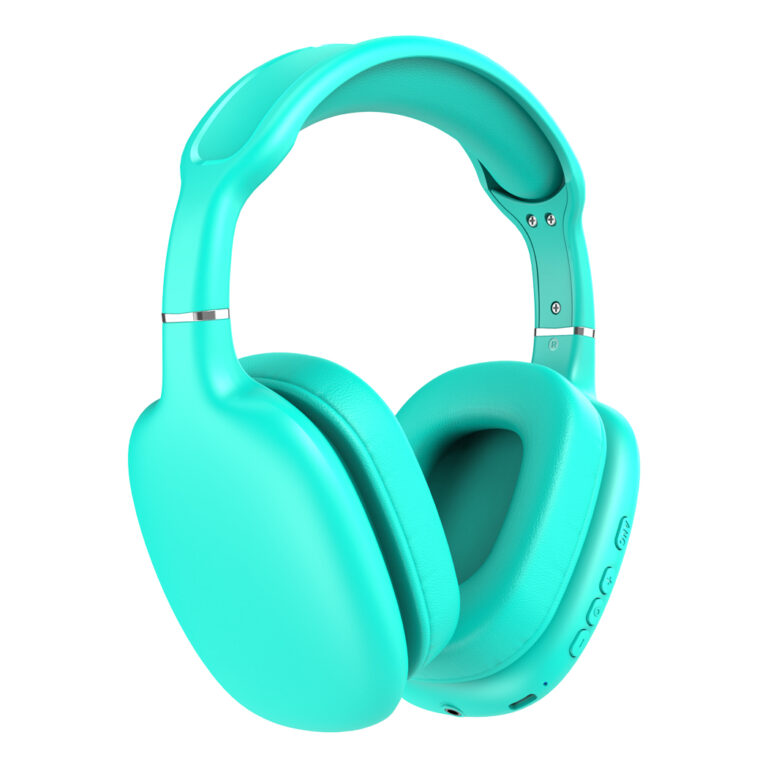jay@nbdho.com
Choosing the Right Driver: Dynamic, Armature, or Planar Magnetic
Headphone sound quality depends heavily on the type of driver inside. The driver is the component that converts electrical signals into sound waves, and different driver technologies produce different listening experiences. The three most common driver types are dynamic, balanced armature, and planar magnetic. Each has its own strengths and trade-offs in terms of performance, size, and cost. Knowing their differences can help consumers make better choices, and manufacturers target the right market segments.
-
Dynamic Drivers
Dynamic drivers are the most widely used in headphones today. They consist of a diaphragm attached to a voice coil, placed within a magnetic field. When an electrical signal passes through the coil, it moves, causing the diaphragm to vibrate and produce sound.
Dynamic drivers are popular because they are cost-effective, produce strong bass response, and perform well without requiring high power. They are typically larger in size, often ranging from 30mm to 50mm in over-ear models. Their ability to push more air makes them ideal for bass-heavy music and casual listening.
However, dynamic drivers can sometimes lack precision in the mid and high frequencies, especially in lower-cost models. Their tuning and materials play a big role in determining overall clarity and balance.
-
Balanced Armature Drivers
Balanced armature (BA) drivers are commonly used in in-ear monitors (IEMs) and professional audio gear. They are smaller than dynamic drivers and contain an armature that floats in a magnetic field. When current is applied, the armature moves and causes the diaphragm to vibrate, generating sound.
BA drivers excel in reproducing detailed high and mid frequencies, making them ideal for vocal-rich content or critical listening. They are often used in multi-driver configurations, where each unit handles a specific frequency range.
However, BA drivers usually produce less bass than dynamic drivers and may sound thin without proper tuning. Since they are tuned for accuracy rather than power, they benefit from being paired with crossovers and other drivers to cover the full audio spectrum.
-
Planar Magnetic Drivers
Planar magnetic drivers use a flat diaphragm embedded with conductive elements, placed between two magnetic fields. When current passes through, the diaphragm vibrates uniformly across its surface to create sound. This design offers excellent accuracy, low distortion, and fast transient response.
Planar magnetic headphones are known for their wide soundstage and detailed resolution across all frequencies. They handle complex recordings very well and are favored by audiophiles and studio professionals.
The downsides are size, weight, and power requirements. Planar magnetic headphones are typically bulkier and need more power to drive them effectively. They are often found in high-end or open-back headphone models designed for home or studio use.
-
Which Driver Should You Choose
Dynamic drivers are a solid choice for general-purpose headphones, especially for consumers who enjoy strong bass and versatile use. Balanced armature drivers are better suited for compact, detail-oriented applications such as IEMs or stage monitoring. Planar magnetic drivers are best for users who prioritize precision and immersive sound quality, even at a higher price point.
Understanding the unique characteristics of each driver type allows brands, OEM buyers, and audio professionals to match the right technology with the intended market and usage scenarios.





